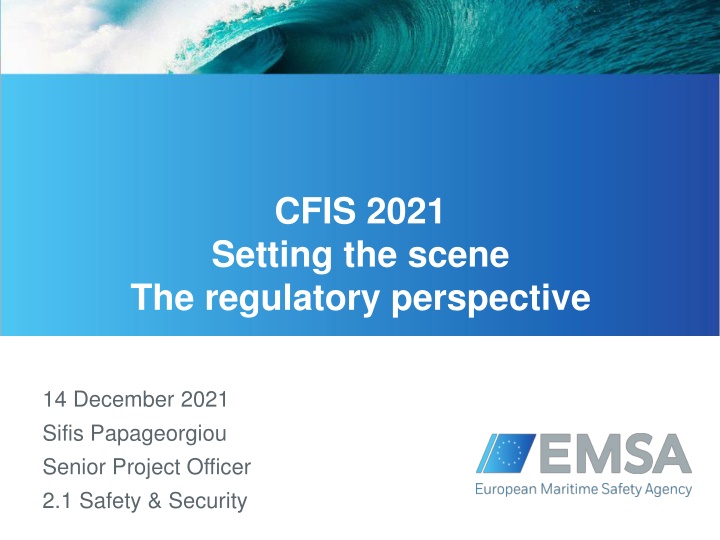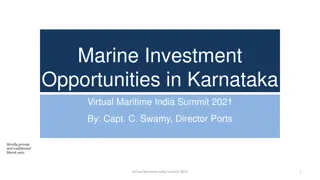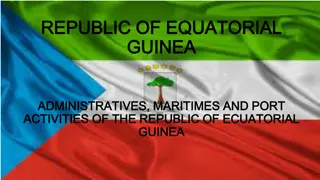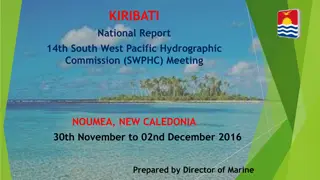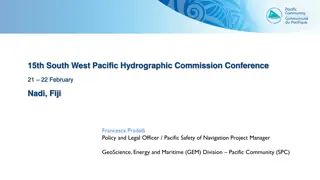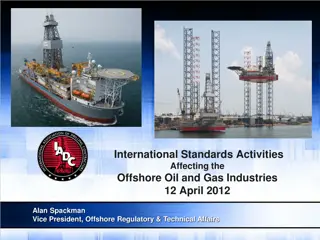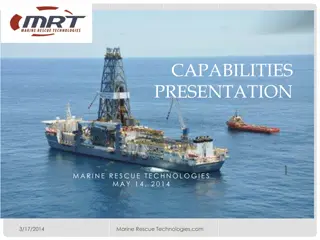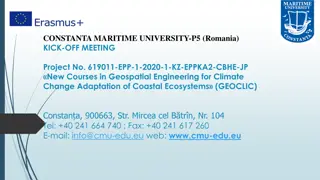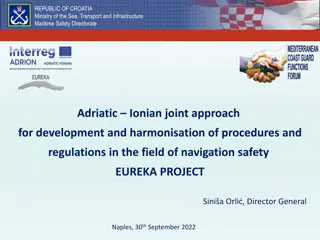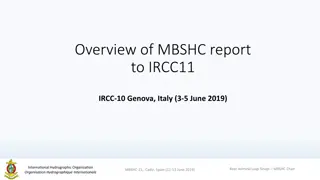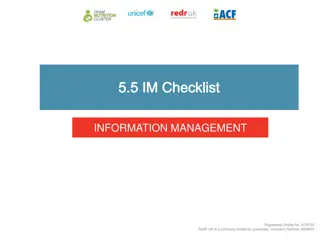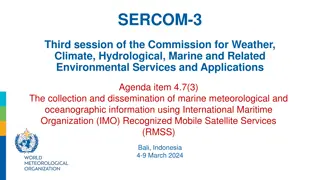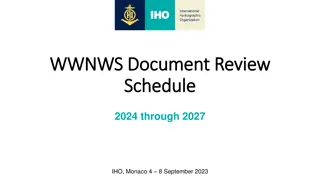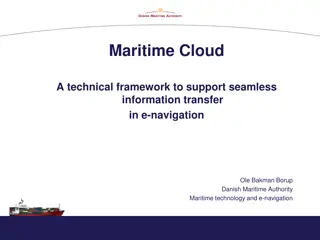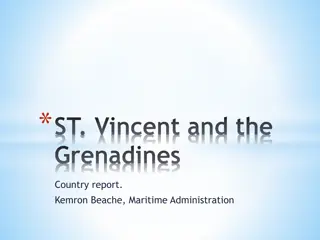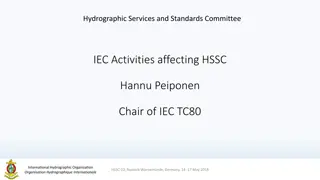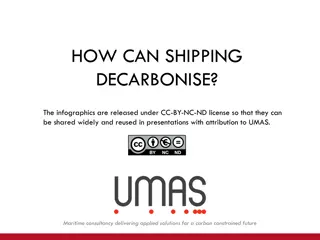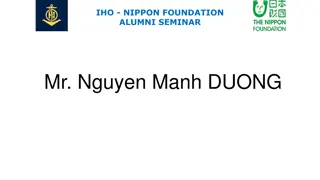Enhancing Safety Measures in Maritime Industry: FIRESAFE Recommendations and IMO Guidelines
FIRESAFE recommendations aim to improve safety on ships through cost-effective measures like fire monitors, alarm systems, and proper signage. The recommendations cover various aspects such as drencher systems, CCTV, and crew training. IMOs interim guidelines, influenced by FIRESAFE recommendations, focus on restricting open ro-ro decks and enhancing fire detection systems. These initiatives highlight the importance of ensuring safety in the maritime industry.
Download Presentation

Please find below an Image/Link to download the presentation.
The content on the website is provided AS IS for your information and personal use only. It may not be sold, licensed, or shared on other websites without obtaining consent from the author.If you encounter any issues during the download, it is possible that the publisher has removed the file from their server.
You are allowed to download the files provided on this website for personal or commercial use, subject to the condition that they are used lawfully. All files are the property of their respective owners.
The content on the website is provided AS IS for your information and personal use only. It may not be sold, licensed, or shared on other websites without obtaining consent from the author.
E N D
Presentation Transcript
CFIS 2021 Setting the scene The regulatory perspective 14 December 2021 Sifis Papageorgiou Senior Project Officer 2.1 Safety & Security
The FIRESAFE recommendations FIRESAFE I & II conducted by RISE, BV and Stena Teknik (2016-2018) Cost effective RCOs (existing ships and NB): Fire monitors on weather decks; Robust connection boxes; Combined heat and smoke and alarm system design and integration; Alarm system design and integration (smoke); Portable IR camera; and Improved markings/signage for wayfinding and localization. 2
The FIRESAFE recommendations Partially cost effective (for certain ship categories ): Precondition for early activation of drencher system; CCTV and Remote control; Only ship cables; Safe distance (openings to LSA , cost effective for both categories only for NB). 3
The FIRESAFE recommendations Robust connection boxes Only ship cables IR camera Training for awareness Only crew connections Cable reeling drums Combined heat & smoke and alarm integration system Ban / closure of side (PS & SB) openings (open ro-ro spaces) Increased frequency fire patrols Alarm system design & integration (with smoke detection) Improved markings/signage for wayfinding and localisation Preconditions for early activation of drencher system Remote control Rolling shutters (PS & SB side) (Open ro-ro spaces) Efficient activation routines Fresh water activation/flushing CCTV CCTV + Remote control Ban/closure of side & end openings (closed and open ro-ro spaces) Fire monitors on weather deck 4
IMOs interim guidelines (Circ.1615) The recommendations of FIRESAFE II were brought to the attention of IMO; They were assessed together with AIR recommendations; As a first step resulted to the Interim Guidelines adopted in 2019 (MSC.1/Circ.1615) 5
Some elements of the Interim Guidelines No open ro-ro decks for new-buildings; Introduction of minimum distances between openings on the ro-ro decks for existing ships and life-saving appliances (LSA) and embarkation stations; Introduction of a fixed fire detection system and water monitors for weather ro-ro decks; Introduction of A30 protection between decks of a ro-ro space; Introduction of all RCOs related to the decision part as proposed in FIRESAFE II; Introduction of stricter and more specific requirements for cabling and connections in ro-ro decks; and Introduction of CCTV covering all ro-ro spaces. 6
Currently at IMO Discussion on SOLAS and FSS Code amendments ongoing mainly based on a EU submission (SSE 7/6/1); FP Correspondence Group has made great progress and item could be finalised at SSE 8 (March 2022). 7
The next steps Work on the carriage of AFVs/new energy carriers (EU and IMO) New passenger car registration by fuel type (EU) 40 1200000 35 1000000 30 800000 25 20 600000 15 400000 10 200000 5 0 0 Q4 2018 Q1 2019 Q2 2019 Q3 2019 Q4 2019 Q1 2020 Q2 2020 Q3 2020 Q4 2020 Q1 2021 Q2 2021 ECV (%) HEV (%) AF (%) Total AFVs (%) EU+EFTA (+UK) total AFVs 8
The next steps Waiting for LASH FIRE results to see if further regulatory work will be needed; Working on some open issues left by the FP CG. 9
